
Chris Whitten
-
Posts
121 -
Joined
-
Last visited
Content Type
Profiles
Forums
Articles
Posts posted by Chris Whitten
-
-
They look reasonably balanced and according to all my scopes the colours are even across the board.
-
Yes, it is happening....
I shot ISO 125, 160, 250 and 320 4K UHD 10 Bit.
The first frame of every clip is about one stop brighter than the clip as a whole. This can be seen visually and with the scopes in Resolve.
I can add ISO 200 from yesterday as also having this issue. But ISO400 and 640 were clear of the issue.
I noticed when filming, the on screen histogram blanks out for a fraction (perhaps a frame) when you hit record, but when you hit the record button to stop it doesn't blank out.
Can someone collate all these test results (from various members) and forward them to Sigma? I'm not on Twitter or Facebook
-
OK, I will test. But I'm only going to test ISOs below 400 at 4k 10 bit. All my paid work for the foreseeable future has been cancelled, so I need to do other things today as well.
-
Even just two of my 10 second clips is 6gb (zipped). My computer is telling me it will take 7 hours to upload to Dropbox, so I don't think I can stand to do that, you'll just have to take my word for it. I will test other sub-ISO400 conditions later or tomorrow.
-
It is happening at 200, that is the only one of my clips it is on.
I mean I never use the first frame..... but absolutely it shouldn't be happening and could be indicative of other bugs that are still lingering - like your flickering in the shadows.
-
Hmm.....
Just checking all aspects of this again. The three clips I shot at ISO 100, 400 and 640 are all good in my opinion.
On the clip I shot at ISO 200 I'm getting the phenomenon of the first frame being about 1 stop brighter than the rest of the clip.First time I've seen that, and it's only on one of three clips.
I wonder if I should drop the firmware down to 1.1 again and shoot something at ISO200?
-
OK.... just tested 4K DNG 10 Bit.
No flickering in Resolve. The low shadows are steady as a rock in the scope.
I tested ISO 100, ISO 400, ISO 640 then ISO 200.
I'm not that interested in going much above 640 as I also have the BMPCC4K which shoots great quality at ISO1250.
All clips were steady no flickering. I will try and upload them to share, but the folder is massive and my upload speed is 0.5MBPS can you believe Aaargh
-
I have a colorchecker passport. I'll try, but I'm a musician, not a film maker.
-
How do I check for flickering in my own footage - what is the methodology?
Forgot to mention, I'm also on 25fps.
I bought and am using the Sigma LVF.
The diopter moves as you walk along, which is annoying. It takes away some of the grip points on the camera, so it is harder to hold.
On the upside, it helps me focus, compose and check exposure. It is very light, but it more than doubles the bulk of the camera.
-
This has to be something happening to specific cameras and not across the board.
I have have shot several mini-films using 10bit 4K DNG, both at ISO200 and ISO640 and have seen no flickering and absolutely guarantee my first frames are identical to every other.
When others posted their 'flickering' examples I often struggled to see it, but it's definitely not obvious to me in Resolve 16 and I definitely haven't had the issue with first frames.
-
OK, fingers crossed.
-
Seems to me basic issues such as blown out first frames in cine and inaccurate exposure in stills are more important than lens correction.
-
Maybe it's something about the electronic communication of the lenses and FP body - even though you are in manual mode?
I have not had this bug with my adapted lenses.
-
Are you using the body with a Sigma lens, or in some kind of auto exposure mode?
All my frames are exactly the same exposure, but I don't have an L series lens, so I'm using old manual like Leica M or Takumar.
I have found those annoying bugs in the stills function of the camera, but so far the cine mode has been bug free for me.
-
My first frames are all normal.
-
-
Just test shot and I'm not getting any blown out first frames. All my frames look identical.
Everything on the FP and lens set to manual.
Here are 'still' exports from Resolve 16.2. The first frame of my footage. Shot at ISO200, 4K UHD 10 bit, using the Takumar 50mm, no filters.
The first still is ungraded, just set clip to Blackmagic Film. Second still is the same frame (1) just adjusting the lift and gain a bit, adding some contrast and saturation.
-
I will check the first frame of my DNGs. I don't remember seeing anything odd, but I tend to shoot longer clips and start my edit a few seconds in to avoid camera shake (as I touch the red record button etc). I haven't seen any flickering, even though most of my footage is low light. I'm in PAL land, so my footage is 25fps shot at 50s.
Sometimes I struggle to see it in examples of flickering footage online though, so who knows....
-
Here's the FP image again. Takumar 28mm f3.5 lens, set to f5.6.
ISO 200, 500s shutter.
Everything default DNG profile in Capture One. I lowered the exposure, also used highlight recovery, added some contrast and saturation.
No clarity or punch. No sharpening in the image edit or in the output recipe.
-
CrimsonEngine on Youtube has tested the FP video quite extensively, all the CDNG settings for example, also looked at grading in Resolve.
There is no stated native ISO from Sigma as there is for the Blackmagic Pocket, so I asked him what he had found was closest to 'default' ISO in his tests and he replied ISO640.
In any case, my music space is very low light and I live in the UK (also low light), so around 640 was the minimum ISO I could use without using artificial light.
-
I have shot two very short videos in my music studio using the FP and Takumar lenses.
I shot at 4K 10 bit CDNG, using a Wise SSD. I used ISO 640, which someone indicated on Youtube was one of the cleaner settings.
I must say the results have been excellent. The footage is very easy to grade in Resolve 16, starting with 'Blackmagic Film' in the camera drop down.
It is tack sharp, although I had to shoot in very low light.
I have seen no flickering in the shadows. The footage to my eyes (I'm not a pro) easily matches my Pocket 4K in quality.
-
On 3/7/2020 at 4:38 PM, paulinventome said:
PS i find those tree images a bit over sharpened, is that default? The resolving capability of the fp is very very good when paired with a good lens. Comparing say a 50 cron with the CV 50 showed a huge difference, the cron works beautifully on the fp, better than on the Sony
cheers
PaulHi Paul,
I didn't touch sharpening in the image editor, as that was the point of my test, to check the FP and Takumar against the Leica Q.
*Although* you have to 'proof' sharpening on export in CO, and as I don't really understand it, or use it often, it maybe that it was set too high from a previous export?
I selected 'generic profile' in Capture One as there is no FP profile. I also selected Leica 28mm f1.7 as the profile as that is the lens on the Q.
I had to fiddle a lot with the colour on the Takumar file to try and match it to the Q. It came out more saturated and more green. The Q file a little more neutral.
The M lens was a 28mm f2.8 Elmarit (pre-ASPH). It has an issue which, according to a couple of Leica dealers I showed it to, is common with this lens. It has a fogging donut in the centre of the lens. So far it hasn't affected the images I get from the lens.
-
FP on top, Q file below. I tried not to alter the Q pic too much, balancing the exposure and adding a little saturation, no sharpening. I did more balancing to try and match the exposure and colour on the FP file, no sharpening. Simple Jpeg export.
The 3rd party lens hood I chose for the Takamur 28mm clearly vignettes.
- kaylee and paulinventome
-
 2
2
-
Stills:
I just went out and took a few shots with my Leica Q (28mm lens) and the Sigma FP (on which I mounted a Leica M 28mm lens as well as an SMC Takamur 28mm).
I thought the Q would blow it away, but zooming in at 200% in Capture One 20 the FP looks just as clean and sharp. There is no Capture One profile for the FP, so the Q shots looked richer straight away, but I was able to match the colours on the FP shots.
Method: I stood in the same spot and took pictures in 'manual' with the same ISO (200), aperture setting (5.6) and shutter speed (more or less), so I could compare the two cameras.
As an aside, the Takamur came out just about as sharp as the Leica Q 28mm (surprisingly).

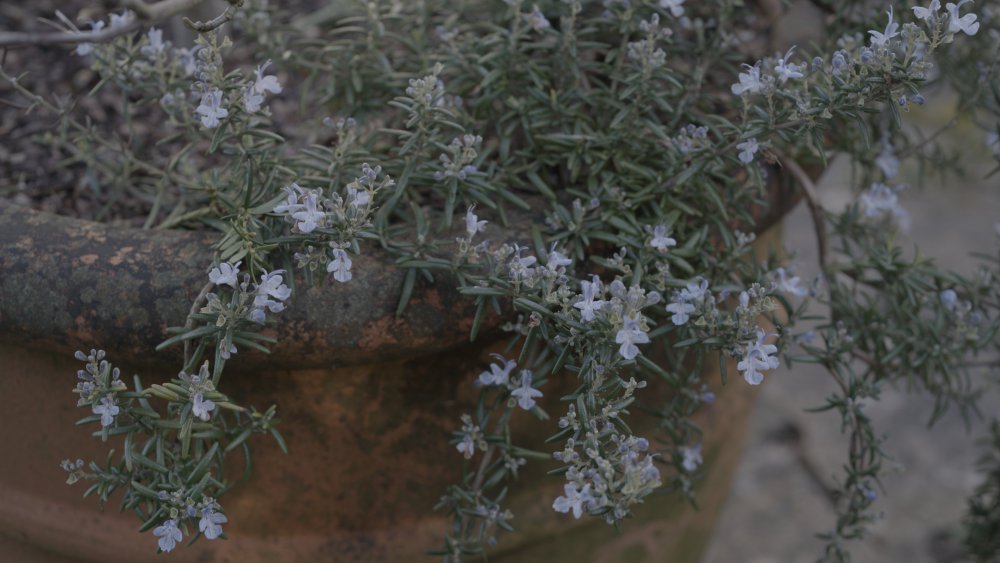
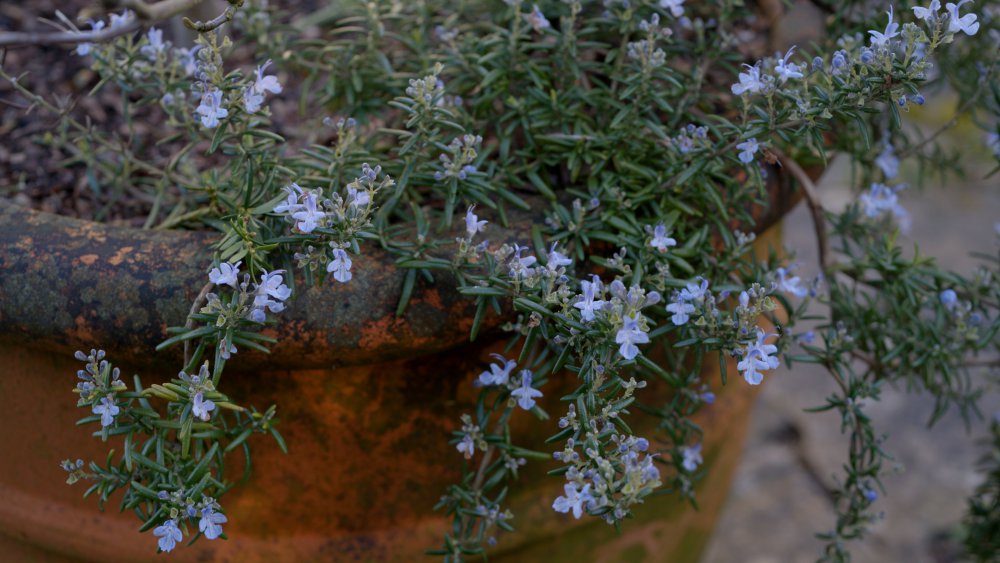
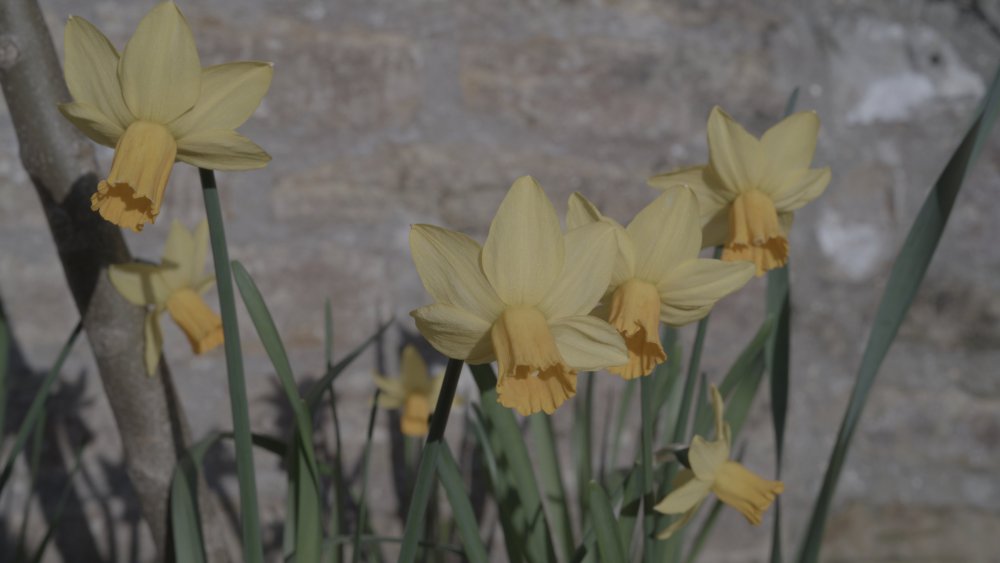

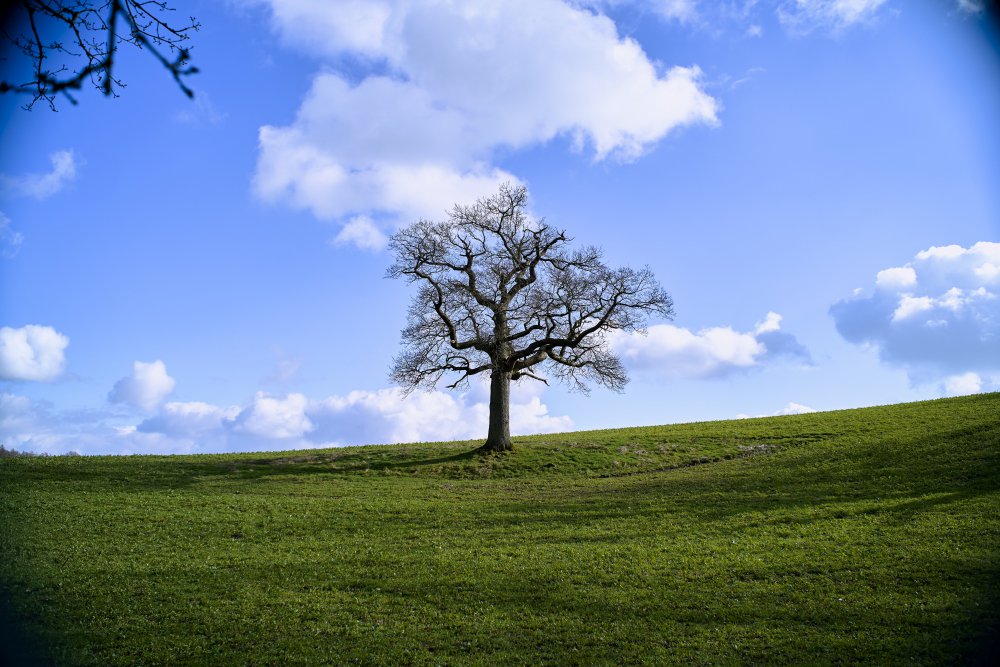
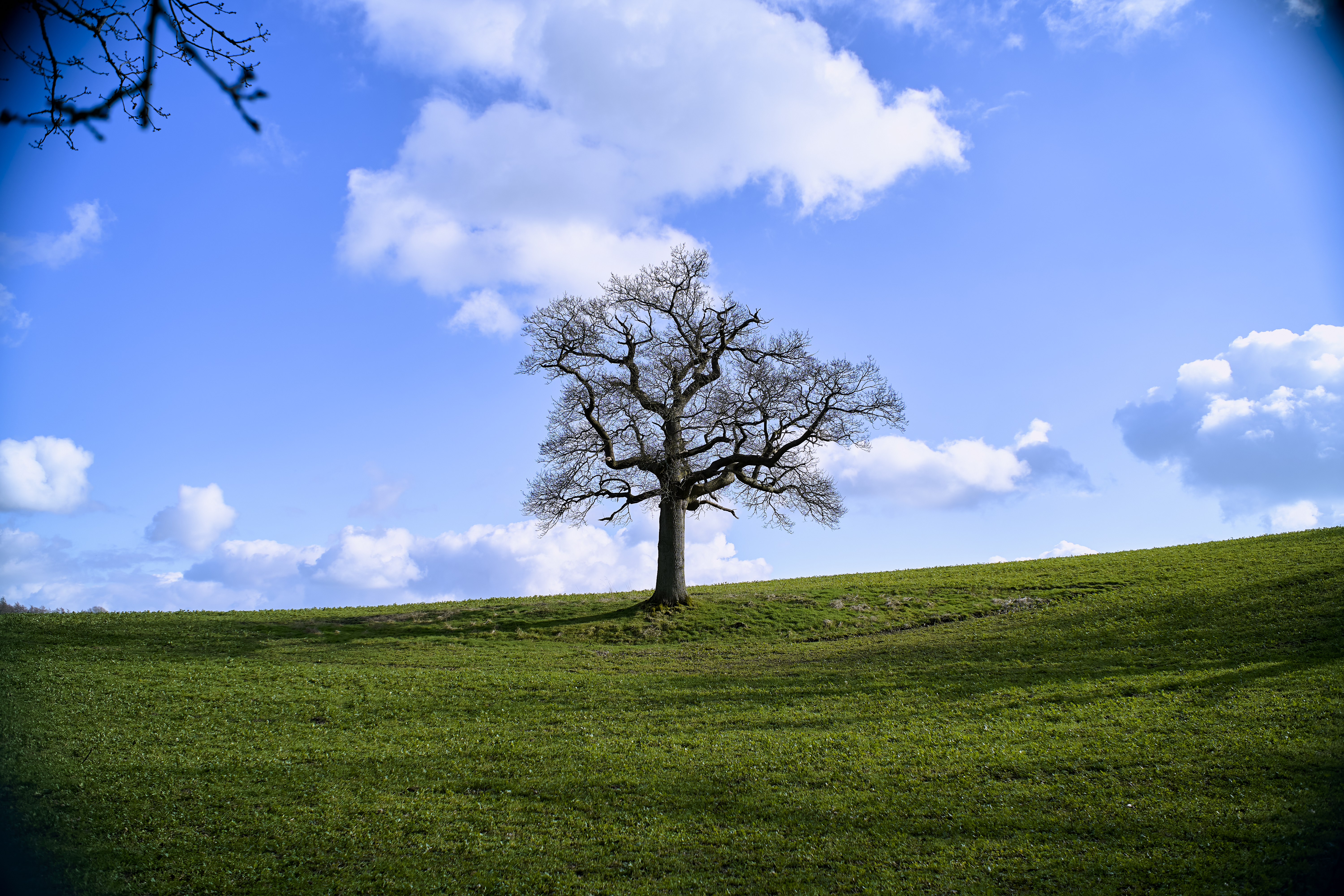
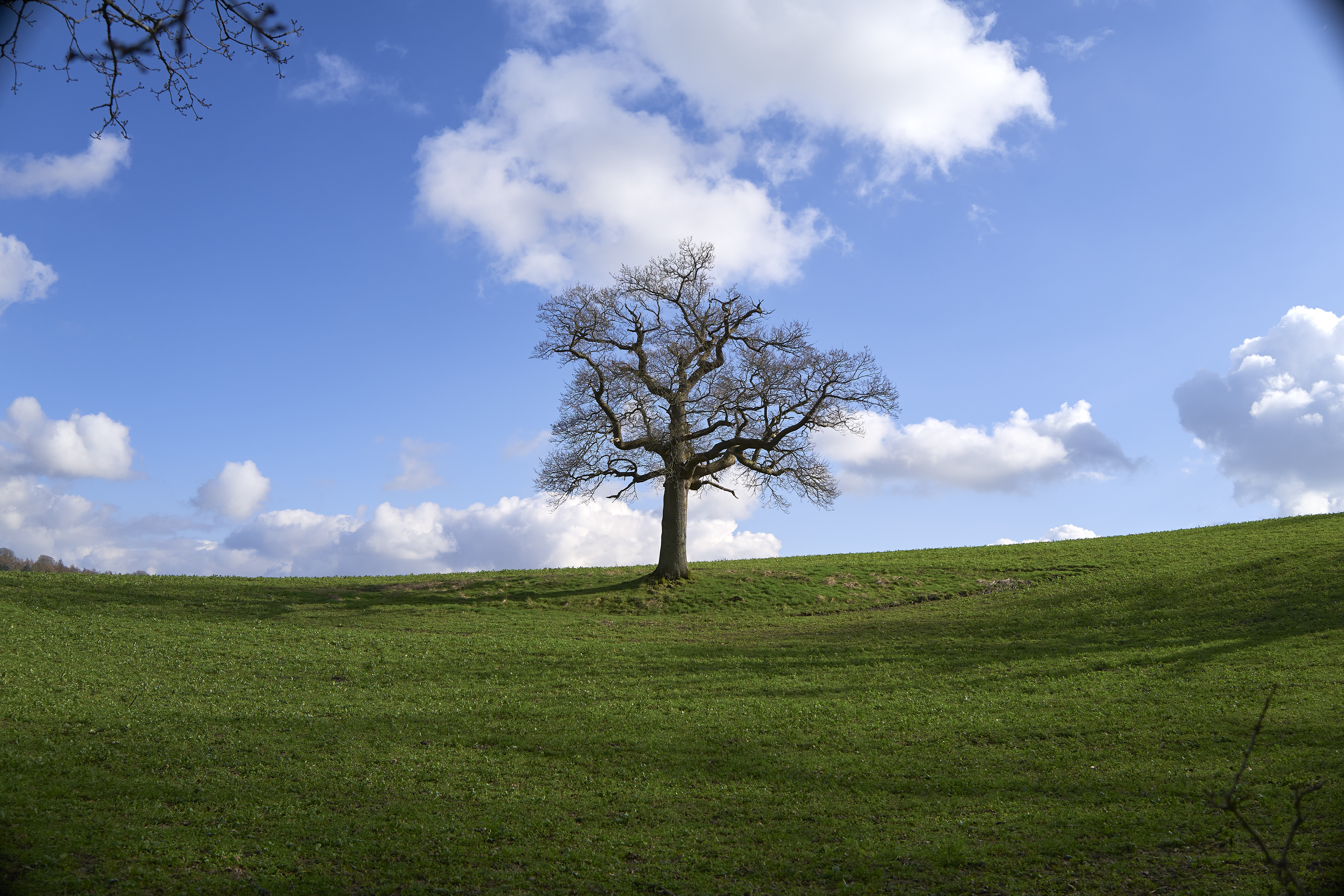
Sigma Fp review and interview / Cinema DNG RAW
In: Cameras
Posted
I'm still not seeing any flickering. Certainly not the low end of my scope image bouncing around. This is shooting 180 degree, 50 shutter speed at 25fps.
I've filmed at all ISO's up to 640 now.
I'm not sure about the green tinge either. This is my least well exposed (dark) frame, ungraded other than the camera settings, at ISO125. The scope looks about ok. I guess the image looks slightly green if I push the exposure 3 stops, but the rest of the image also looks rubbish. In a normally exposed and graded version, this image looks normal (and nice) to me.
When I shot some stills outside, I did find the camera really highlighted green. My grass was vibrant and saturated, whereas my Leica Q version of the same shot was a lot less hyped in the green. But this was also with a vintage Pentax lens.